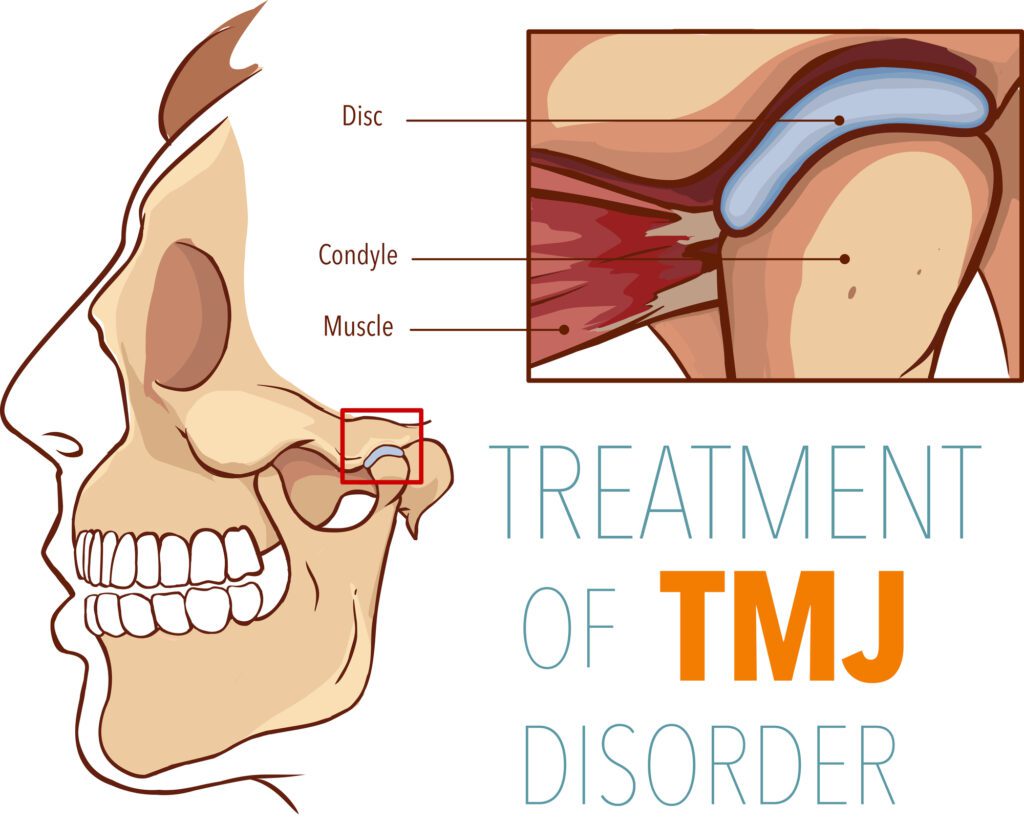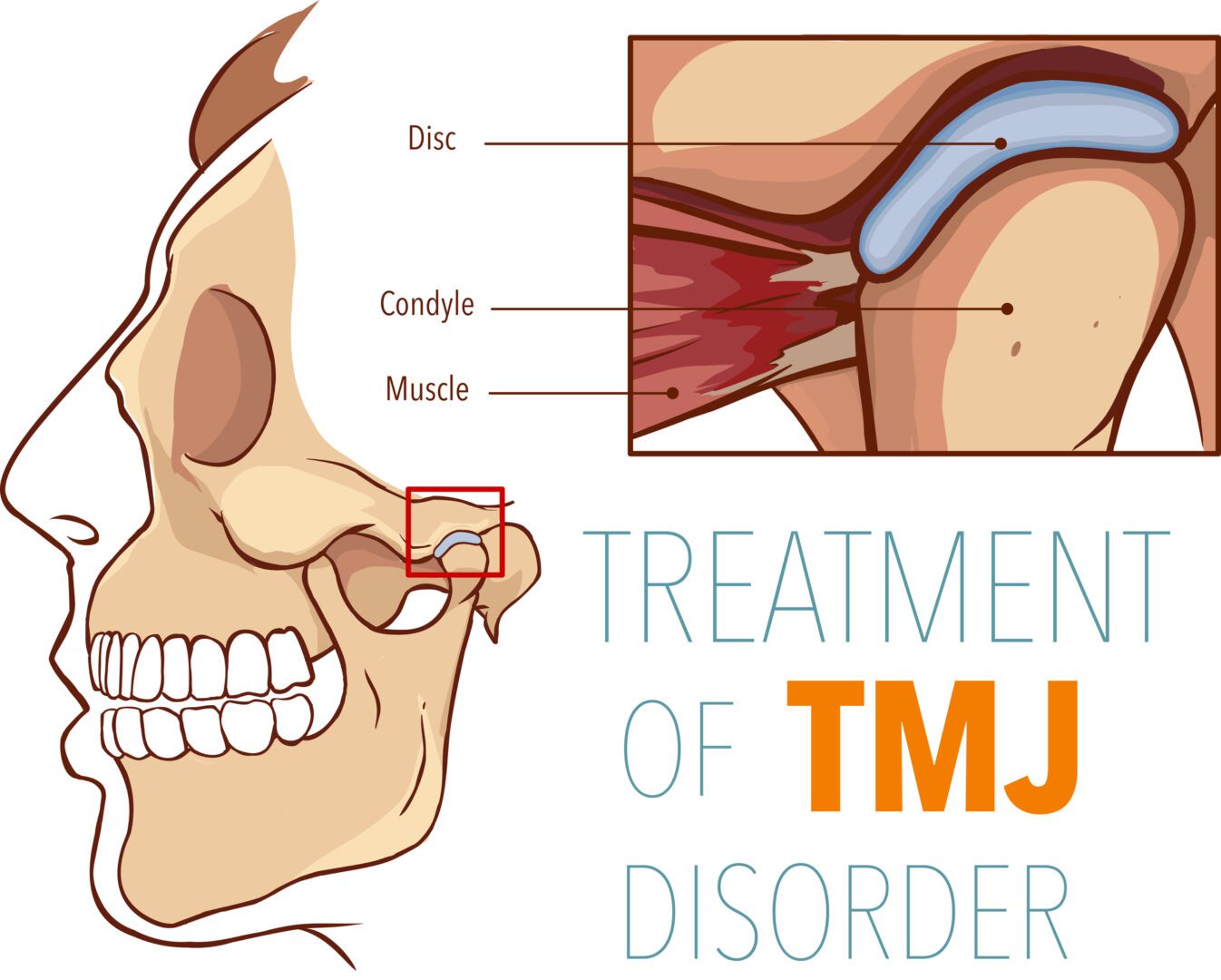How Can a Chiropractor Help with TMJ?
TMJ, formally known as the temporomandibular joint, is the joint that connects your lower jaw to your skull. This area acts as a hinge that holds your jaw and skull together and allows it to function. TMJ disorder – one of multiple conditions in the TMD family – causes pain and a limited range of motion in the muscles and joints that control the jaw’s movements.DO YOU KNOW HOW CHIROPRACTORS CAN HELP WITH TMJ PAIN?
Signs and symptomsof TMJ often include:
- Pain or tenderness of the jaw
- Pain in one or both of the temporomandibular joints
- Aching pain in and around the ear
- Difficulty chewing or pain while chewing
- Aching facial pain
- Locking of the joint, making it difficult to open or close the mouth
- Clicking and or grating when opening or closing the mouth
As with most ailments, TMJ symptoms will vary from patient to patient, however some commonalities include tension, pain, and a limit in the jaw’s range of motion.
The causes of TMJ pain
The bones of the TMJ are separated by a disc of cartilage to keep your jaw moving smoothly. When those muscles become irritated, the disc is displaced. Common symptoms include popping, a clicking sound or sensation, muscle tenderness, joint tenderness, and being unable to open your jaw wide.
There are three main categories of TMJ pain:
- The most common is in the muscles that control the jaw and the connecting neck and shoulder muscles;
- Internal disorder of the joint, or a dislocated or displaced disc; and
- A degenerative joint disease in the jaw joint, like arthritis.

Managing TMJ pain
There are several things you can do to treat or reverse TMJ-related pain:
- Eating softer foods
- Applying ice packs
- Avoiding extreme jaw movements
- Learning techniques to relax and reduce stress
- Practicing gentle stretching of the jaw to help increase its movement
- Soft tissue massage
How Can a Chiropractor Help with TMJ?
Chiropractic care is effective for neck and back pain, sciatica, fibromyalgia and general misalignment of the spine, but conditions such as TMJ disorder are often overlooked. In fact, proper chiropractic jaw alignment is incredibly important to your overall health, and absolutely an area that chiropractors are accustomed to working with.
The body is a network of moving parts that works in unison, meaning that just because you experience pain in the jaw, that this is the source of the problem. Oftentimes, TMJ disorder can stem from other issues, such as a pinched nerve in the spine or muscle tension elsewhere in the body.
What Types of Chiropractic Treatments are Effective?
With everything from jaw injuries to stress as the root causes of TMJ, there is no blanket solution. Upper cervical chiropractic, which deals with a re-alignment of key areas in the upper spine, is as an effective set of techniques. The chiropractor can also work with key muscles such as the masseter, the temporalis, and the pterygoid, until better chiropractic jaw adjustment is achieved.
TOP CHIROPRACTIC CARE, KELOWNA





